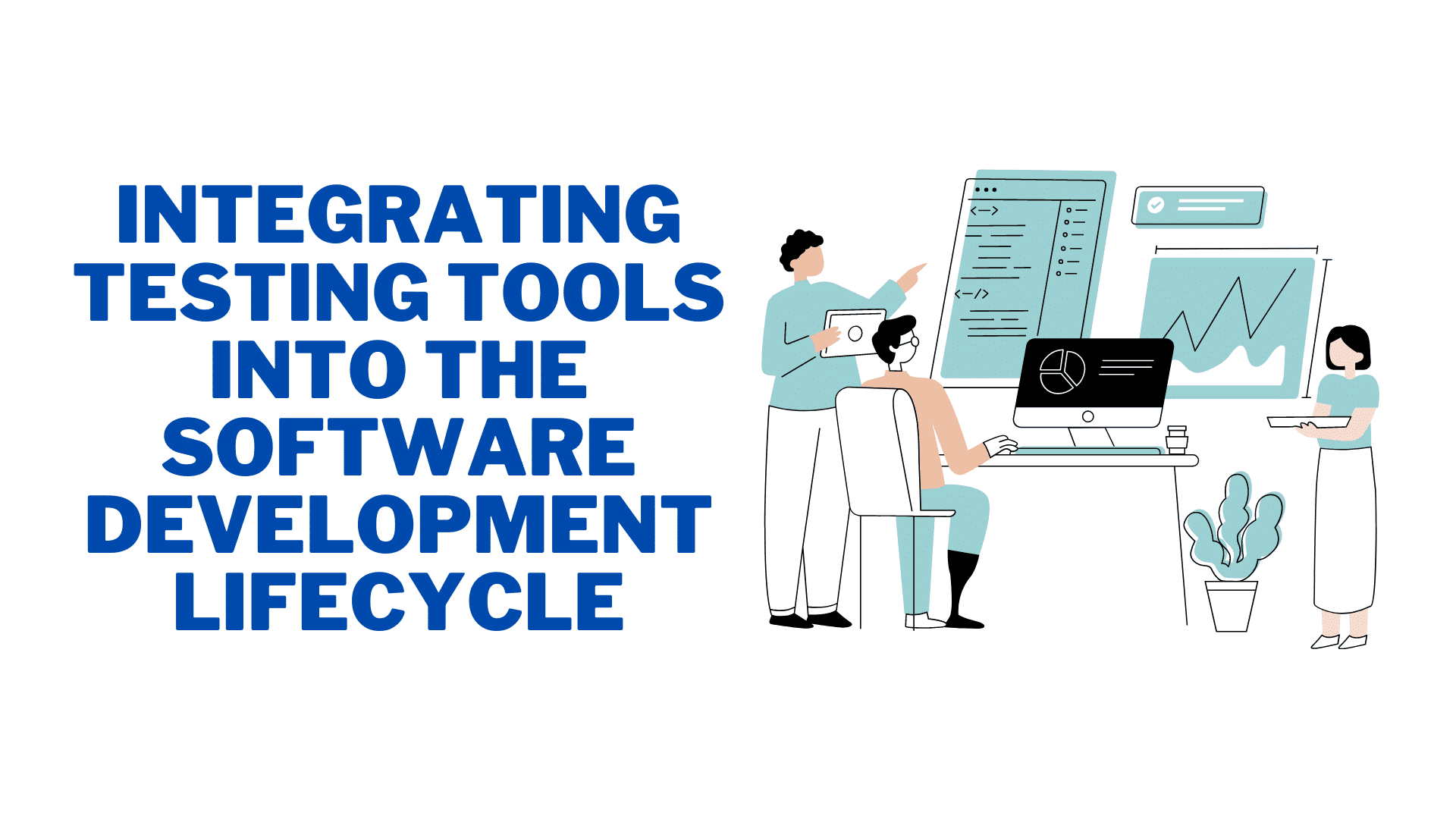What is Software QA Testing?
Software Quality Assurance (SQA) testing is the process of verifying and validating software products to ensure that they meet specified requirements and are free of defects or errors The objective of conducting software QA testing is to verify that software applications operate accurately, exhibit dependable performance, and fulfill the requirements of end-users.
The software QA testing process involves several steps, including planning, designing test cases, executing tests, analyzing test results, and reporting defects. Each of these steps is critical in ensuring that the software application meets the requirements and specifications outlined by the client.
- Planning: Planning the testing process is the initial phase of software QA testing, which involves outlining the testing scope, specifying test objectives, formulating a testing plan, and establishing a testing schedule.
- Designing test cases: To achieve comprehensive testing of the software application, test cases are devised. These test cases outline the steps to be followed, including the expected results.
- Executing tests: Test cases are executed by running the software application and following the steps outlined in the test cases. The objective is to detect any errors, or defects in the software.
- Analyzing test results: After the tests are executed, the results are analyzed to determine if the software application meets the specified requirements. If any defects or errors are found, they are documented, and the testing process is repeated.
- Reporting defects: Defects or errors are reported to the development team to be fixed. The development team then retests the software application to keep a check that the defects have been resolved.
There are different types of software QA testing, including manual testing, automated testing, performance testing, security testing, and regression testing. Each type of testing is designed to identify specific issues or problems that could affect the software application’s functionality.
Software QA testing verifies that the software conforms to the intended quality standards and operates in accordance with the anticipated performance standards. However, there are some common mistakes that QA testers make, which can lead to poor quality software and delayed releases. Let’s discuss the five common mistakes every test should aim to avoid in software QA testing.
Lack of Planning and Documentation
One of the most common mistakes in software QA testing is the absence of planning and documentation. QA testers often dive straight into testing without proper planning, which can lead to confusion, errors, and missed defects. A lack of documentation can also make it challenging to keep an eye on defects, communicate with other team members, and reproduce issues.
To avoid this mistake, QA testers should plan their testing approach before starting the testing process. This includes defining test cases, test scenarios, and test objectives. Additionally, documentation of test cases and test results is essential to ensure that issues are tracked and resolved efficiently.
Inadequate Test Coverage
Another common mistake in software QA testing is inadequate test coverage. This occurs when QA testers fail to test all of the functionality and features of the software adequately. Inadequate test coverage can result in defects going unnoticed, which can lead to critical issues later on.
To steer clear of this mistake, QA testers should define a comprehensive test plan that covers all of the critical functionality and features of the software. They should also prioritize testing based on the importance of each feature and functionality. This approach ensures that the most critical functionality is tested thoroughly and reduces the risk of defects slipping through the cracks.
Poor Communication
Poor communication between team members can lead to delays, misunderstandings, and errors in software QA testing. QA testers should communicate effectively with other team members, including developers, project managers, and business analysts, to ensure that everyone is on the same page.
To prevent this error, QA testers should participate in regular team meetings, communicate clearly and concisely, and provide feedback to other team members. Additionally, they should document all issues and communicate them to the appropriate team member promptly.
Lack of Automation
Manual testing is time-consuming, tedious, and error-prone. Therefore, lack of automation is another common mistake in software QA testing. Automation helps testers to perform repetitive tests with greater speed and precision hence decreasing the total time spent on testing and simultaneously increasing efficiency.
QA testers should recognize the test cases that are appropriate for automation and create test scripts using automation tools. This approach saves time and resources which in turn gives a solid testing process.
Not Testing for Performance
Performance testing is essential for ensuring that the software meets the desired performance standards. However, not testing for performance is another common mistake in software QA testing. Poor performance can significantly affect the user experience, potentially resulting in financial losses and harm to reputation.
Aiming to prevent this mistake from occurring, QA testers should include performance testing in their testing plan. This includes load testing, stress testing, and scalability testing. Performance testing should be conducted at different stages of the development process to identify and address performance issues early on.
Conclusion
Software QA testing is critical for delivering high-quality software that meets the desired performance standards. However, there are common mistakes that QA testers make, which can lead to poor quality software and delayed releases. By avoiding these mistakes, QA testers can ensure that the software is of superior quality and conforms to the desired performance benchmarks. The key is to plan, communicate effectively, provide adequate test coverage, automate where possible, and test for performance.


























